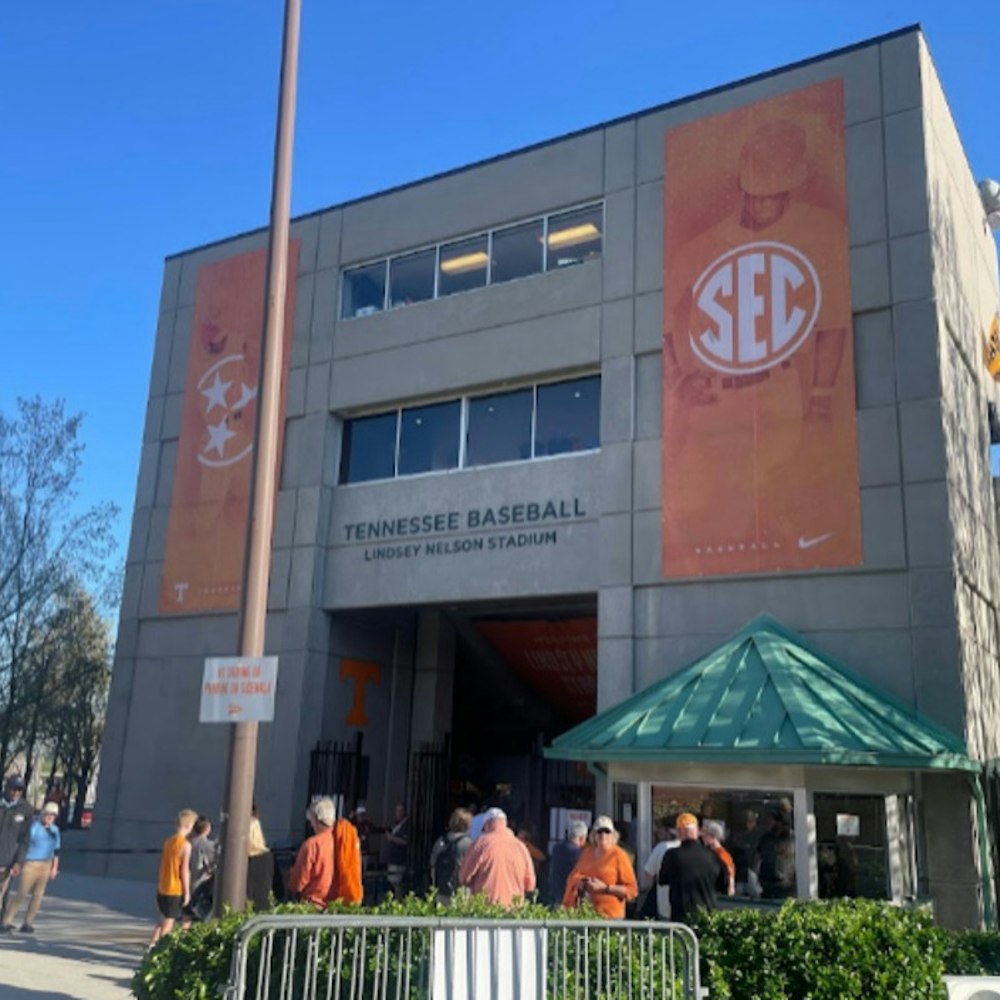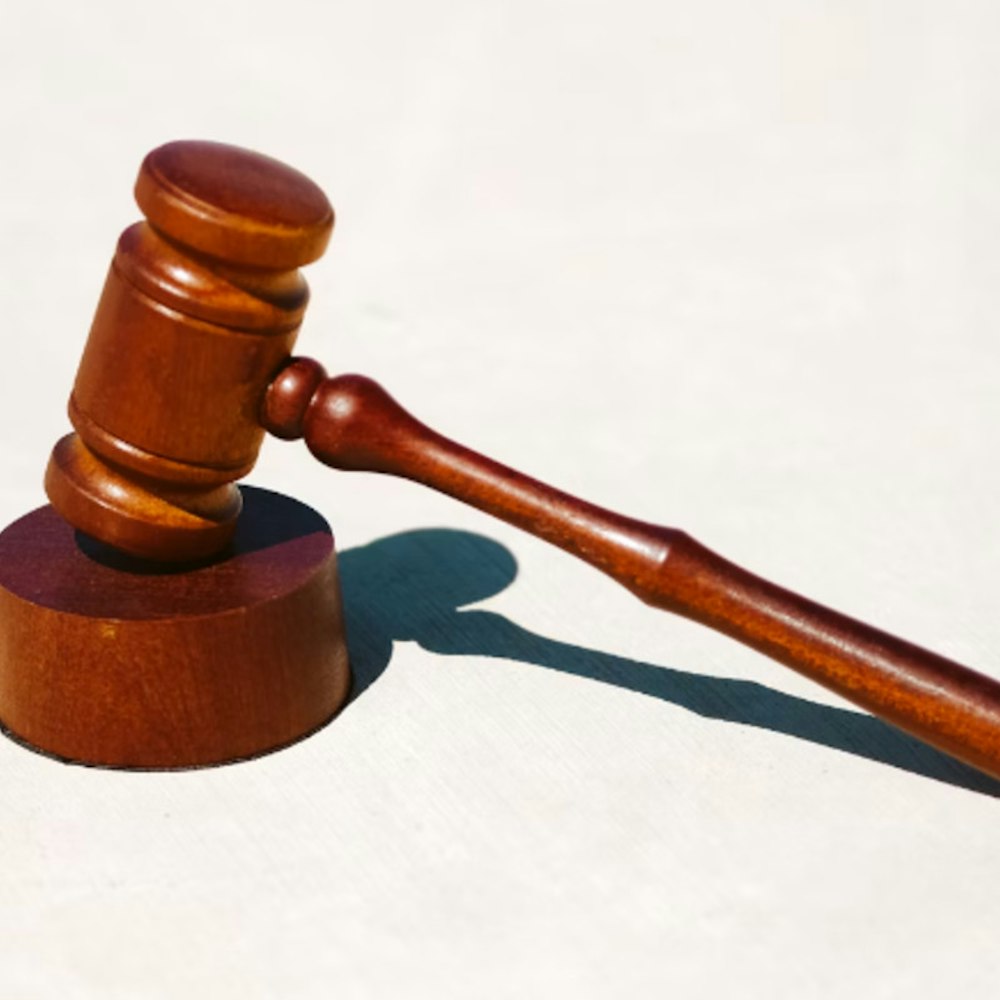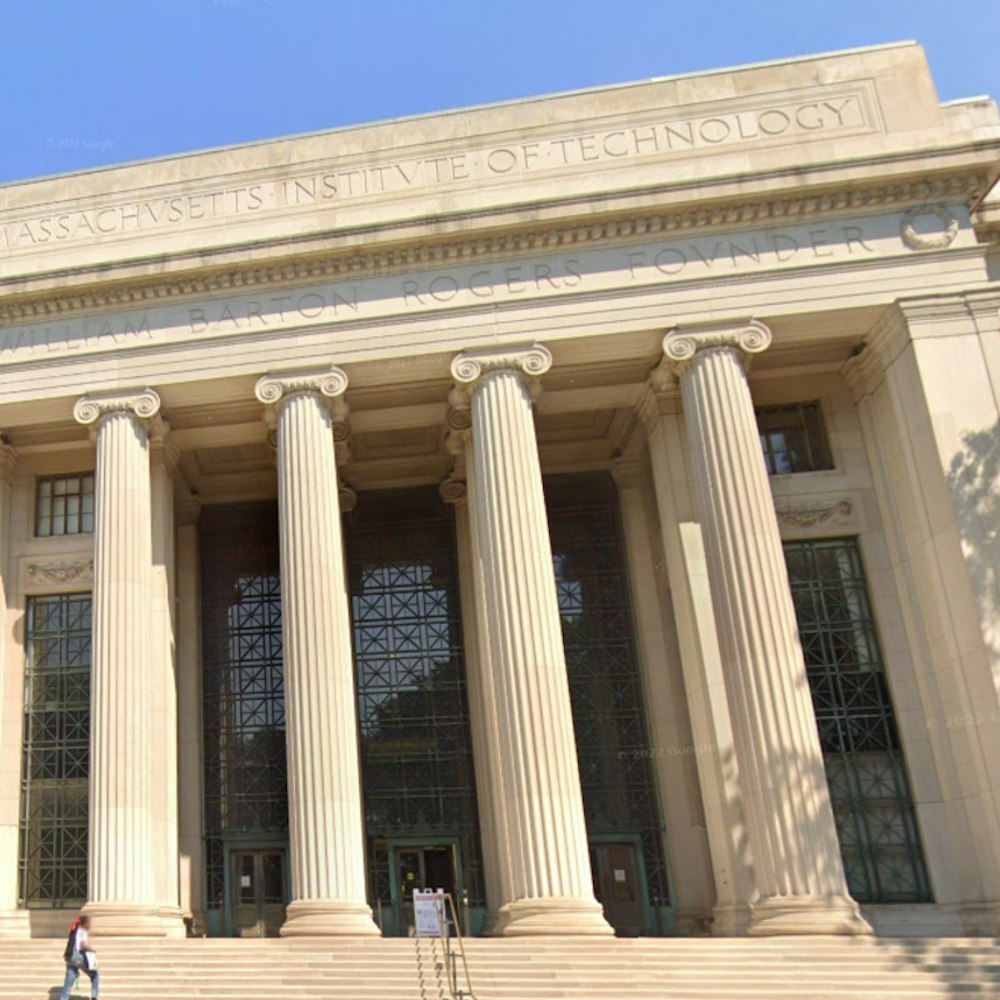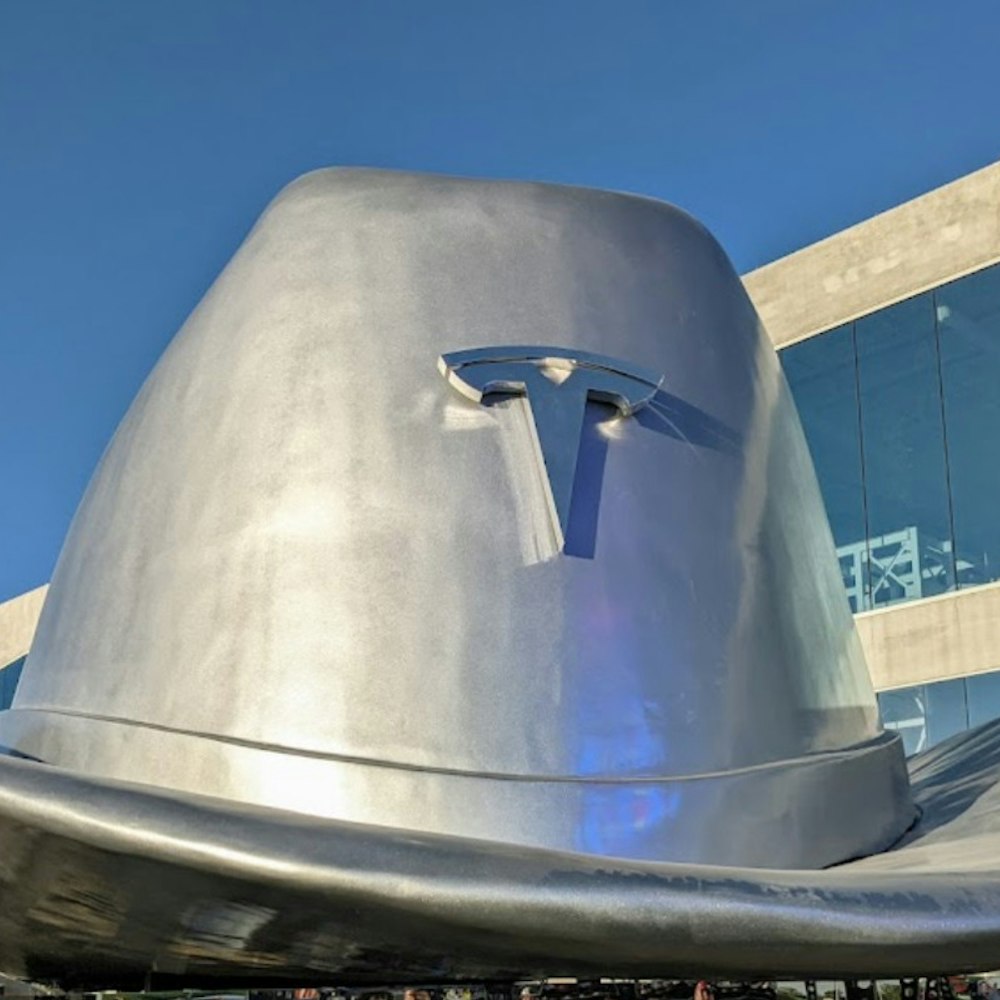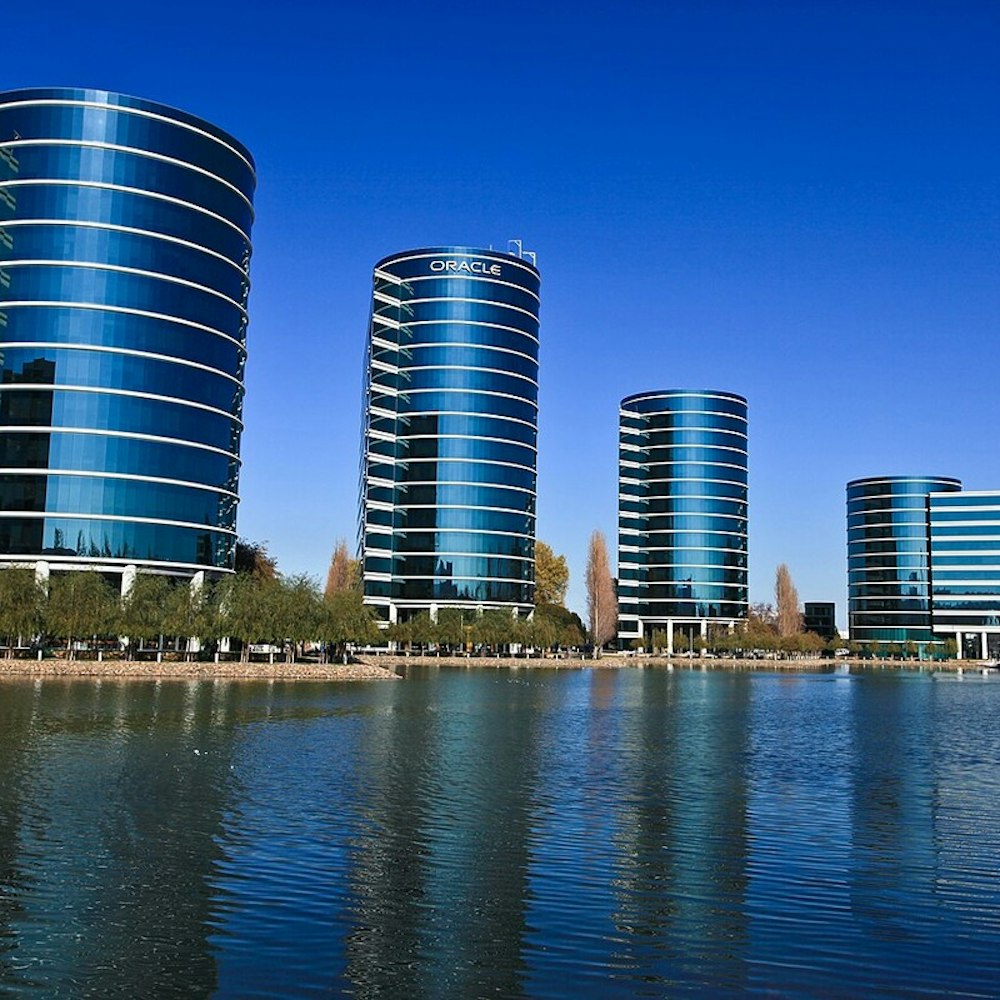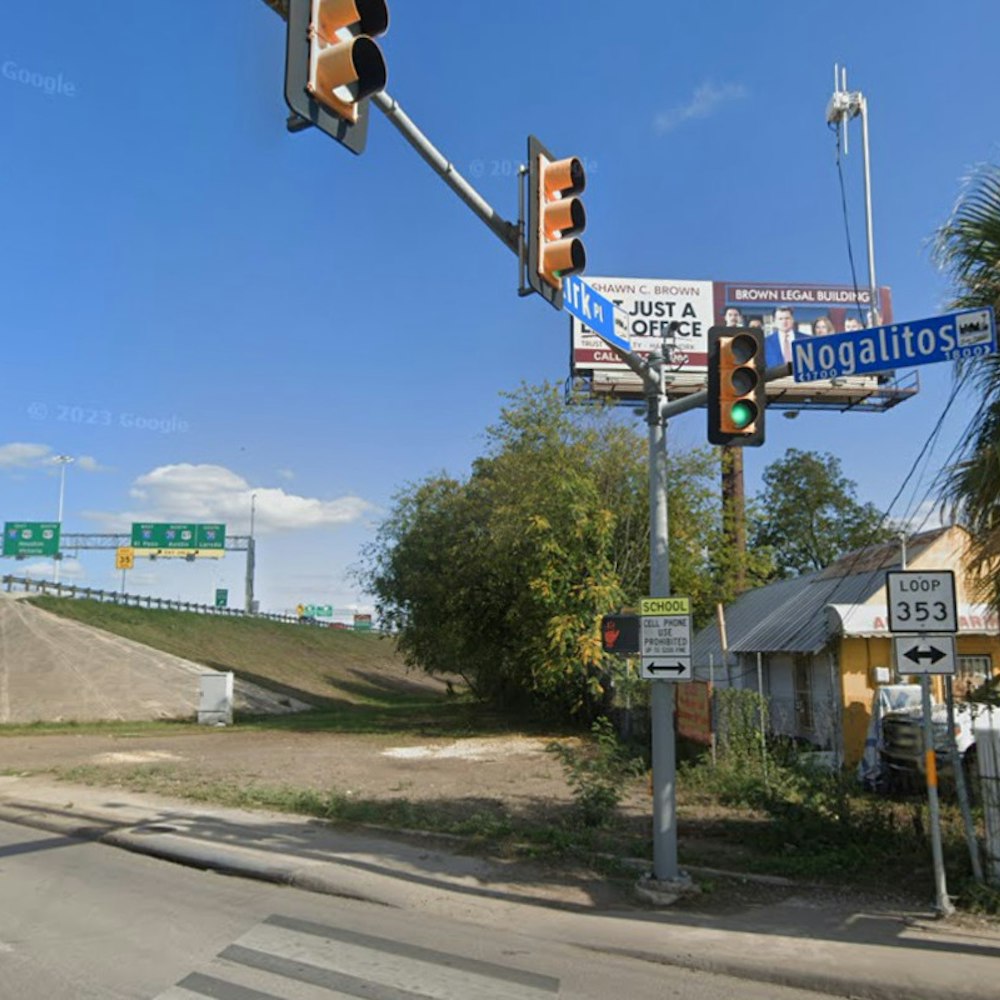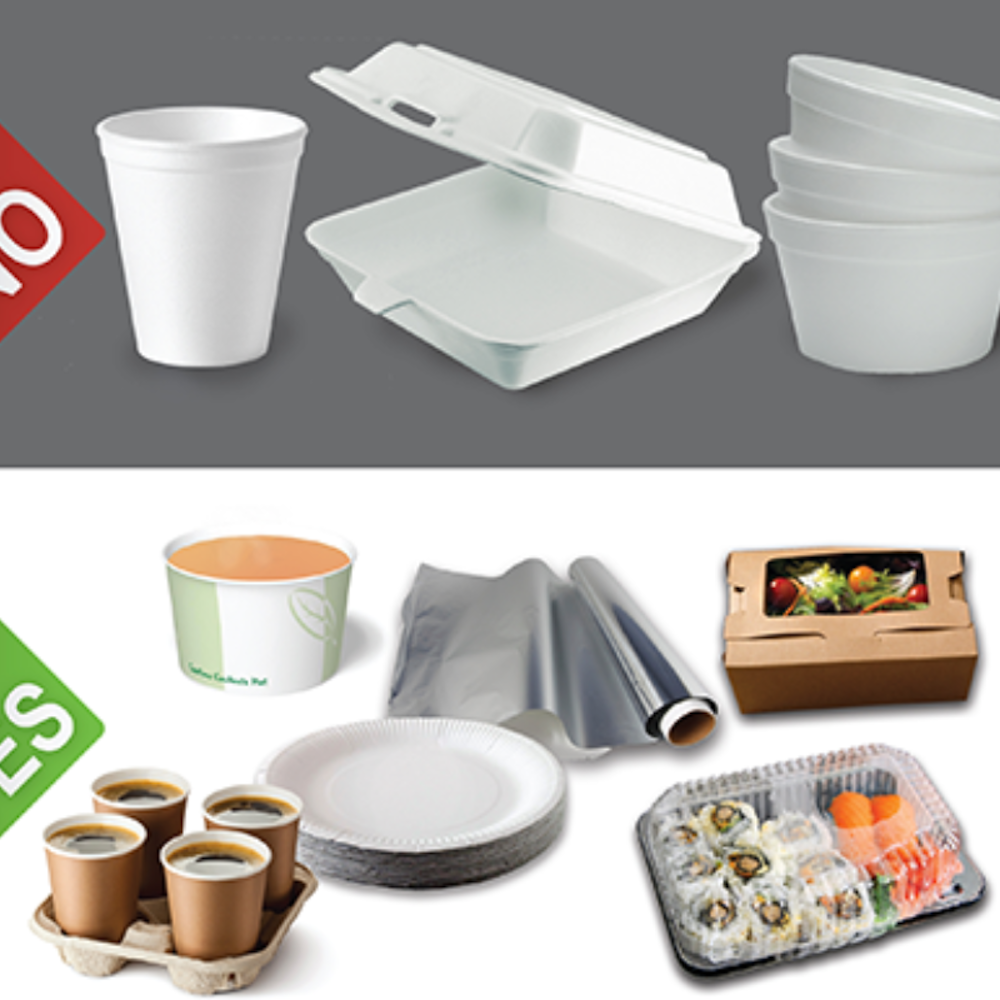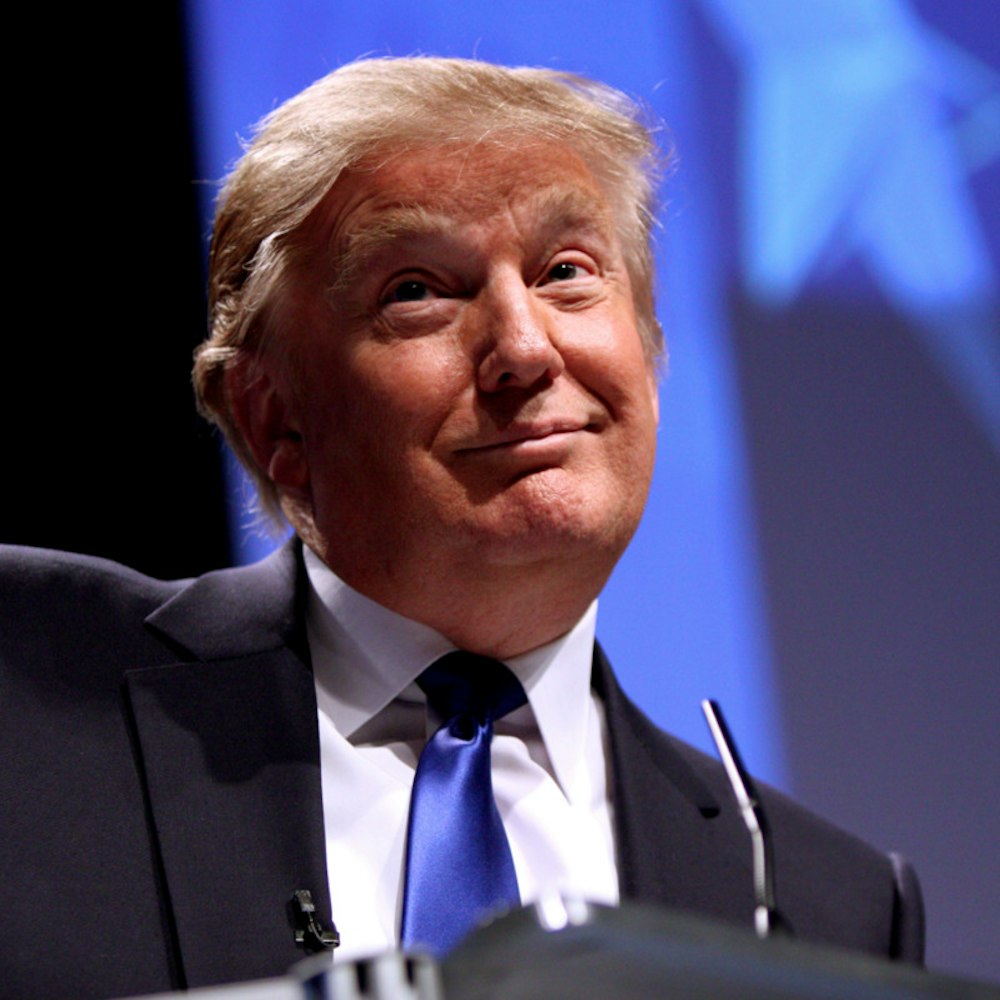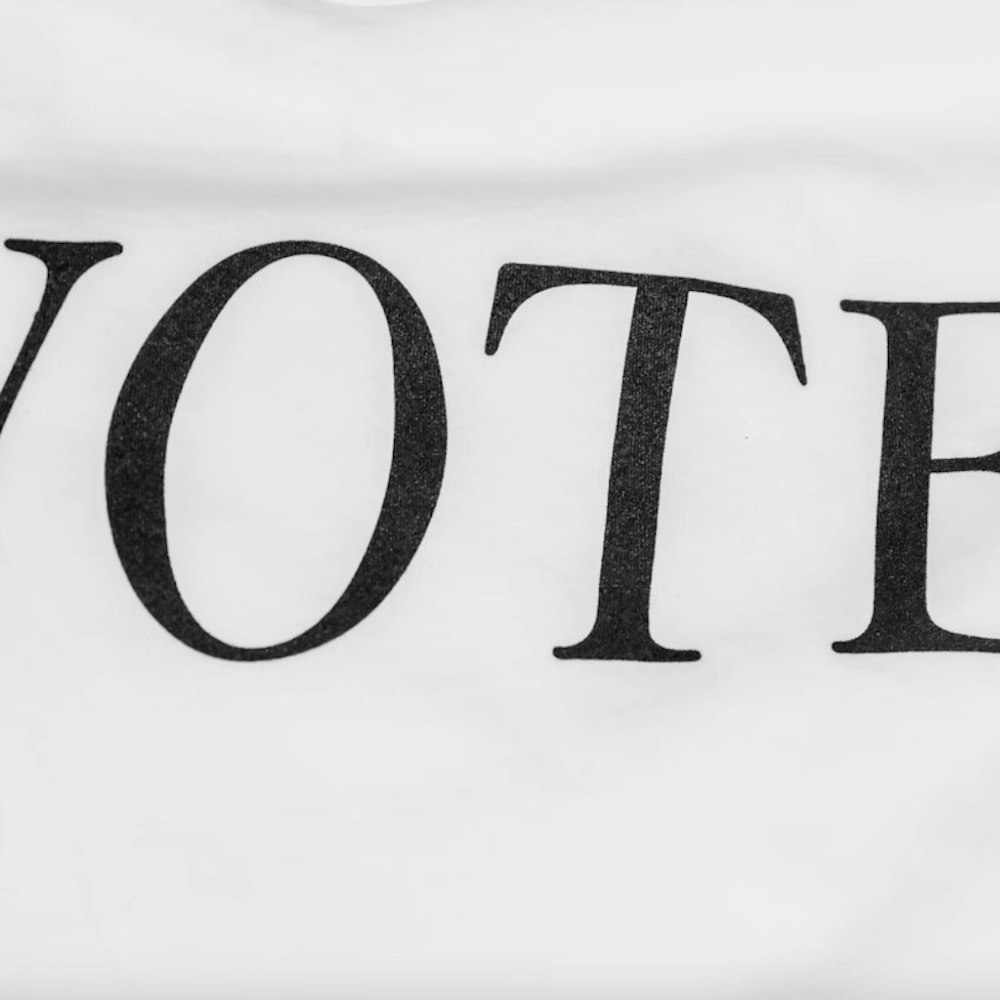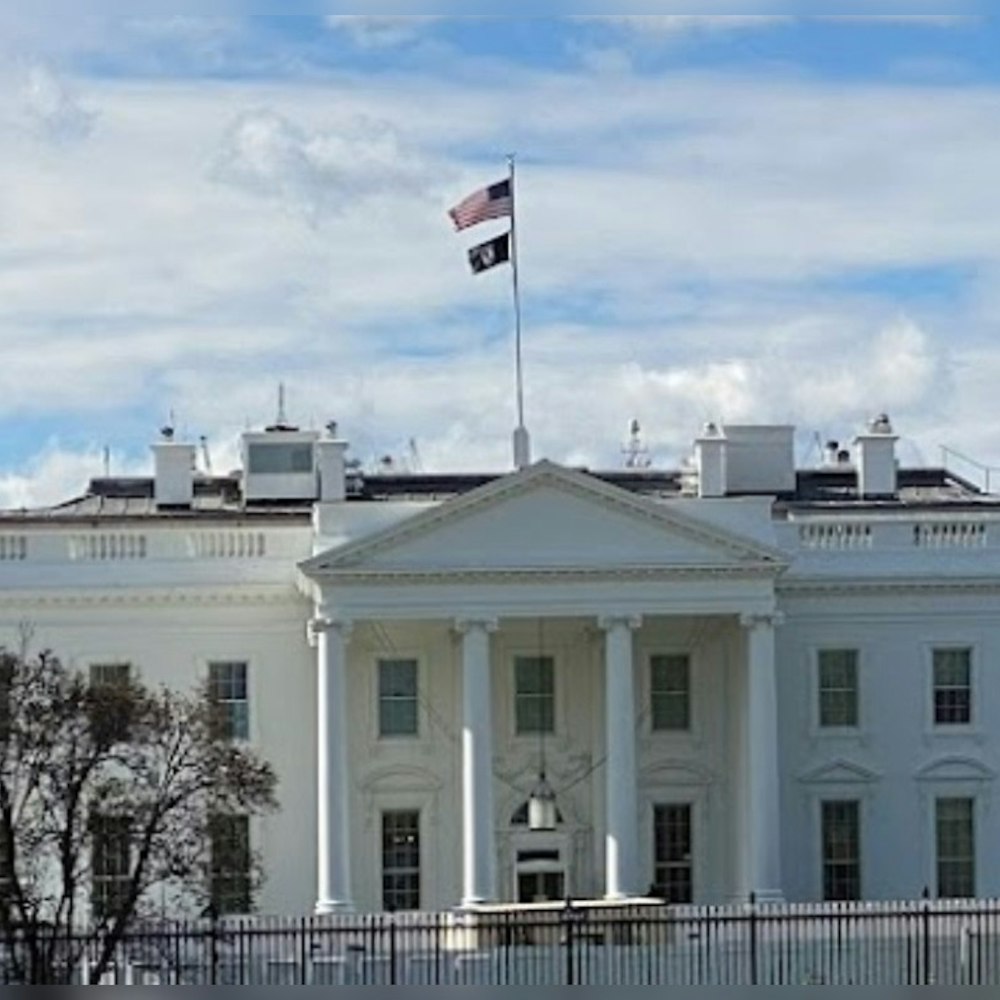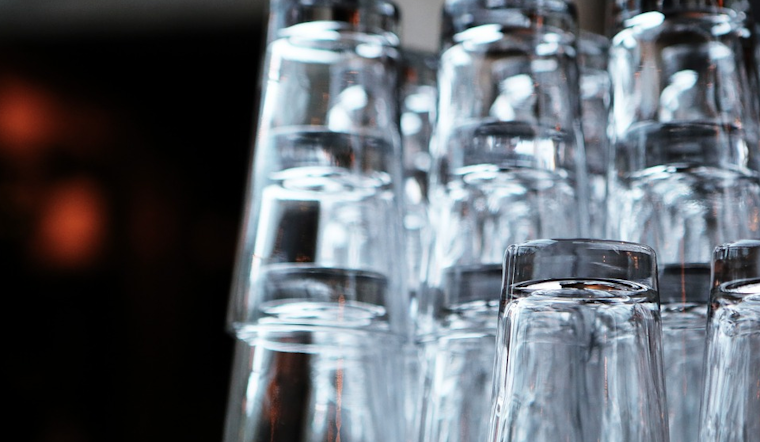
Next time you’re on a bus, in a car, or on your bike, you probably won’t see a huge billboard reminding you about California’s drought, and no, you won’t get a pop-up ad on your computer. When you sit down to eat at a restaurant, however, chances are that you’ll get a not-so- subtle reminder. But how much can new regulations, and signs like these, actually help the state-wide effort to drastically reduce water use?
Over the past six weeks, we went around to countless restaurants across the city, talked with the San Francisco Public Utilities Commission, and got opinions from a pair of Environmental Science Professors. Here’s what we found.
Emergency Steps
Even if you live under a rock, you’ve probably heard about the state’s massive drought by now, which is well into its fourth year. This week, the US Drought Monitor said nearly 94% of the state is experiencing a severe, extreme, or exceptional drought.
In April, Governor Jerry Brown decided it was time to up to ante. He issued an executive order, calling for an across the board 25% percent water reduction state-wide. In March, the State Water Resource Control Board issued several new emergency water conservation regulations. Included among the urban conservation measures: “restaurants and other food service establishments can only serve water to customers on request.”
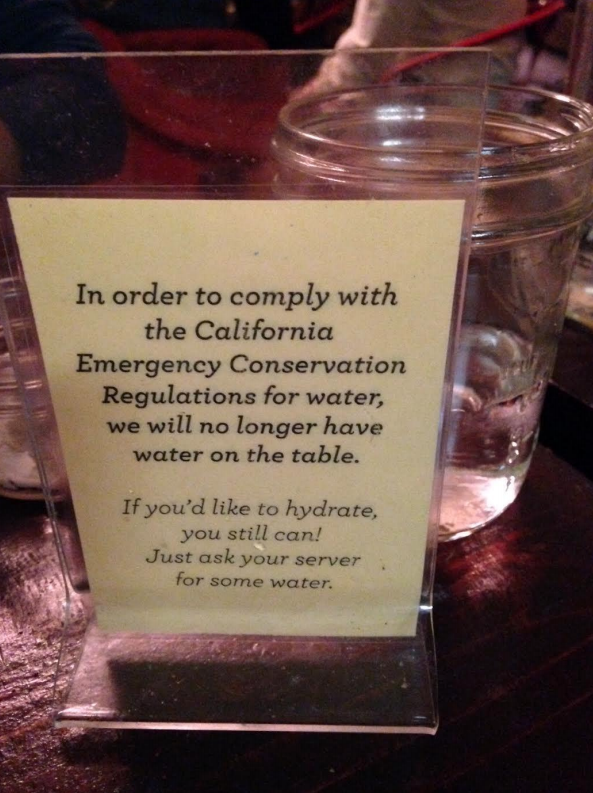 Photos by Jon Schlosberg/Hoodline
Photos by Jon Schlosberg/Hoodline
San Francisco may be the perfect place for this rule to make an impact. According to Trulia, San Francisco has, by far, the highest amount of restaurants per capita in the United States. No other major metro area comes close to San Francisco, which boasts 39.3 per 10,000 households. Doing the math, that means there are more than 1,300 restaurants in the city. That’s a lot of meals being served every single day.
It’s important to mention that farmers are the highest users of water in the state, and it’s not even close. According to The Public Policy Institute, irrigation represents roughly 80% of all water taken from the land, but this does not mean urban conservation efforts can’t make a difference.
In San Francisco, many businesses and restaurants are already in compliance with a commercial conservation ordinance issued in 2009. By 2017, all commercial buildings in the city, including restaurants, must have efficient faucets, toilets, urinals, and showers.
The San Francisco Public Utilities commission has offered incentives for restaurants and other businesses to replace their aging, inefficient equipment. A restaurant, for example, can receive up to $545 towards an energy efficient dishwasher.
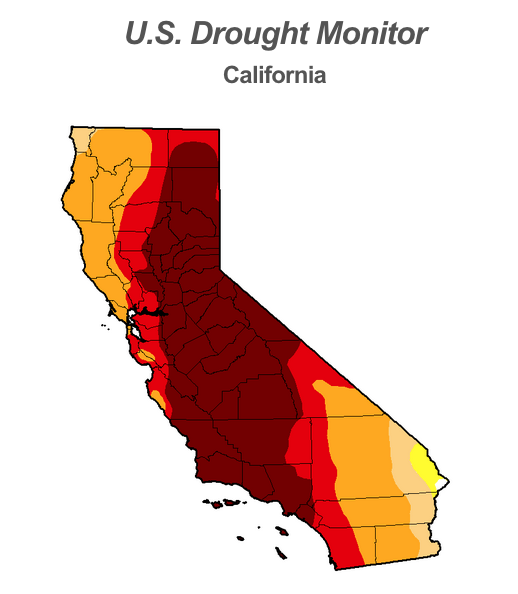
California drought severity map, from the state drought monitor page.
As a result of all of these measures, San Francisco is far ahead of other areas in California in the ongoing push for water conservation. Under guidelines established by the State Water Board, San Francisco falls into “Tier 2” of water conservation. This means that, as opposed to a 25% reduction, the city is aiming for an 8% reduction across-the-board. Only 21 other municipalities out of the 411 in state are performing as well in water reduction.
University of San Francisco Environmental Science Professor Calla Schmidt told me:
If the goal is urban water conservation, then the biggest gains come from reducing landscape watering and changing fixtures (low flow toilets and showers). In San Francisco we have already implemented these measures. Compared to most urban areas we have very little landscape watering, and we have already mandated low flow fixtures. This means that if we want to reduce water consumption in SF we do need to start targeting smaller things like restaurant water use.
Restaurants, admittedly, represent only a small percentage of water consumption compared to farms, landscaping, and other uses. San Francisco Public Utilities Commission Water Conservation Manager, Julie Ortiz, says among commercial sector water users, restaurants registered under individual accounts “represent between 3-5% of total consumption.”
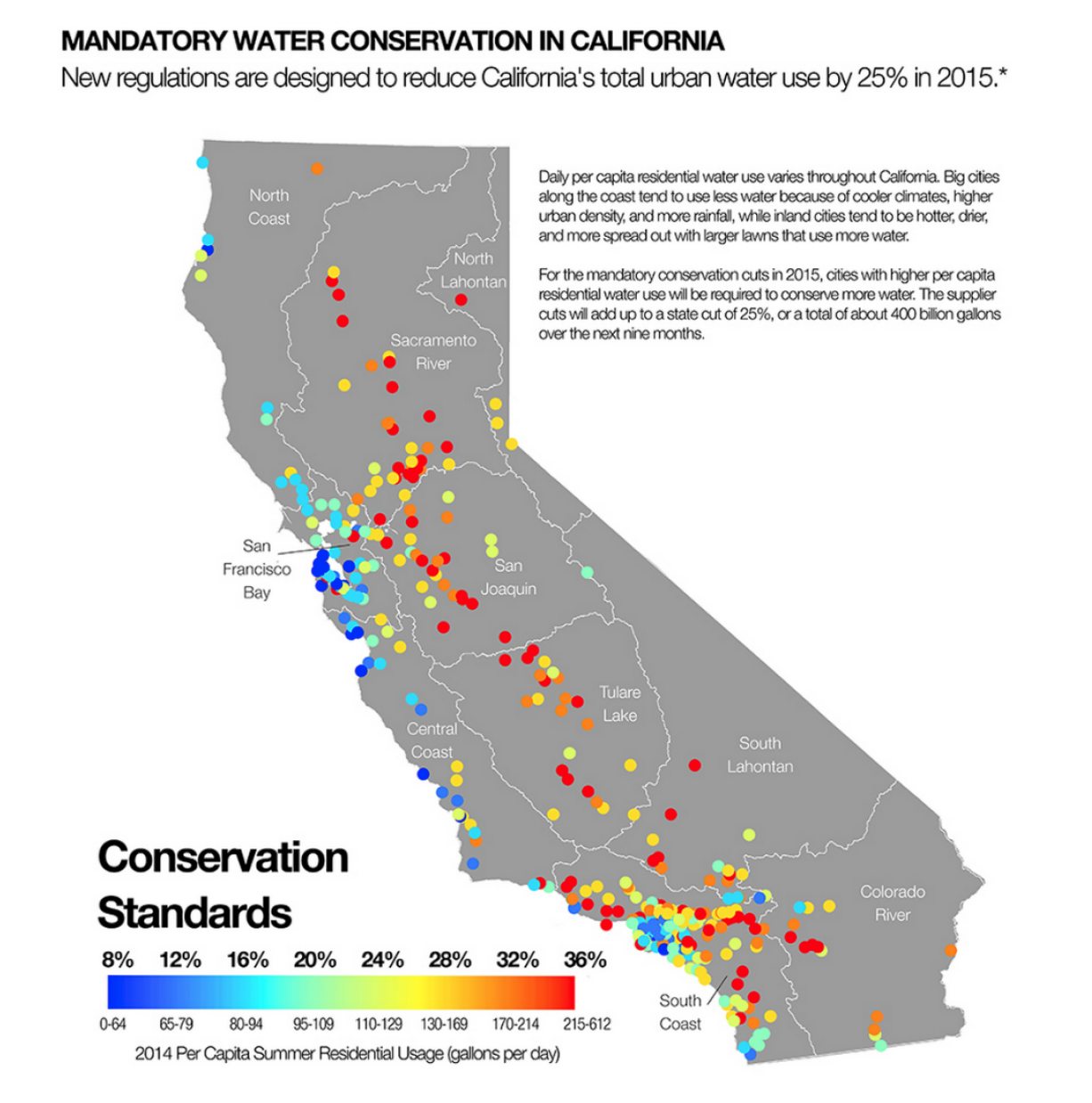 Not doing so bad. Via the California state water conservation site.
Not doing so bad. Via the California state water conservation site.
But it’s partly psychological. Like the lack of snow in Tahoe for skiiers, the lack of drinking water at tables offers an opportunity for customers to be reminded of the drought, and what other decisions they can make to lessen their own impact.
Every Little Bit Helps
I went to a number of restaurants and spoke with owners, waiters, hostesses and dishwashers, about what water conservation steps they are taking in their restaurants. At NOPA, on Divisadero, the hostess and waiter that I spoke with said they estimate that they are serving only ½ as much water as before. At El Mercado nearby, waiters said people are absolutely using less, and everyone has been understanding about the new rule. At Fog City, near the Embarcadero, the bartender told me that there’s “so much waste” and “every little bit helps.”
That was the mantra I kept getting at a variety of places across the city, from The Lower Haight, to the Financial District, to Hayes Valley. But not everyone was so quick to embrace the new rule.
At Palmyra in the Lower Haight, a manager told me that he always puts the customer first. For that reason, he’ll continue offering water to people when they sit down. He does not want to do anything to compromise customer service. Without pointing out every individual place that was not in compliance, what I found in my visits was that many ethnic food restaurants were slow to get on board with the new rule.
When I asked the manager, Chris, at One Sushi, in the Hayes Valley, why his waiters were still serving water automatically, he said, “It is a customer service thing, it’s just the polite thing to do.” If the city told him to stop, he said that he would. Until then, however, the wait staff at One Sushi will keep serving water automatically.
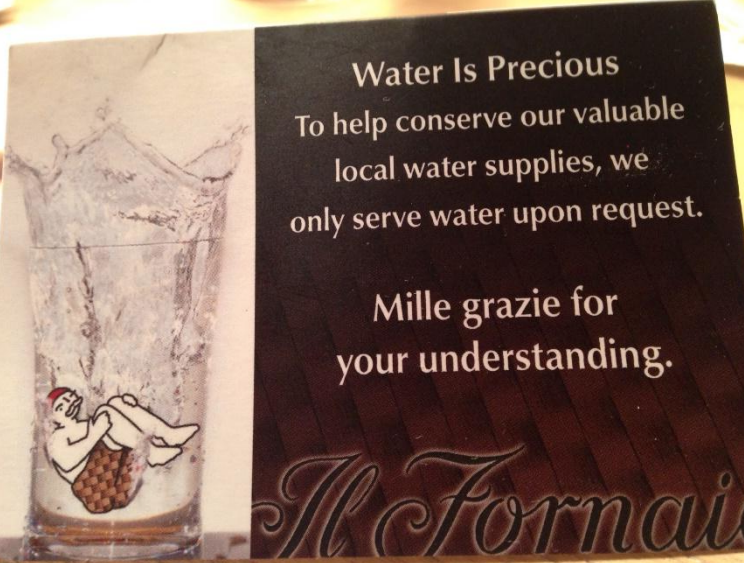
Ortiz with the SFPUC told me “We have the authority, if we wanted to pursue penalties, but the first line of effort is definitely education.” I found that, in many cases, restaurants weren’t complying simply because they didn’t know about the rule. Anyone who wants to report water waste can call the city’s 311 line. To date, no one has called that line with a complaint about a restaurant serving water automatically, but Ortiz asserts that, “We look into all reports.”
At Flippers, not far away from One Sushi, a waiter said, “We fill it up if someone asks, but often people leave their glasses half full, and there’s nothing we can do about that.”
That’s where each individual comes in, said Ortiz. “The amount of water they leave behind, half a glass, may not individually be that much, but it can certainly add up collectively if you figure thousands of people across the city are doing that.”
The National Restaurant Association says the average American purchases a snack or meal from a restaurant around 5 times a week. The 2010 census found there were 805,235 people living in San Francisco. Since many restaurants, including Flippers complained to me that people seemed to leave glasses half full, let’s assume for 5 meals out every week the entire population of the city is no longer leaving 6oz of water in a 12oz glass.
5 x 805,235= 4,026,175 food outings per week
4,026,175 x 6oz= 24,157,050 ounces of saved water per week
128 ounces in a gallon… means 188,726 gallons of water could be being saved each week.
This rate of water conservation could amount to more than 9 million gallons of water saved in San Francisco per year. In the scheme of things, that may not be a gigantic amount, but if everyone, both customers and restaurants, do their part to not leave water on the table, these are easy savings.
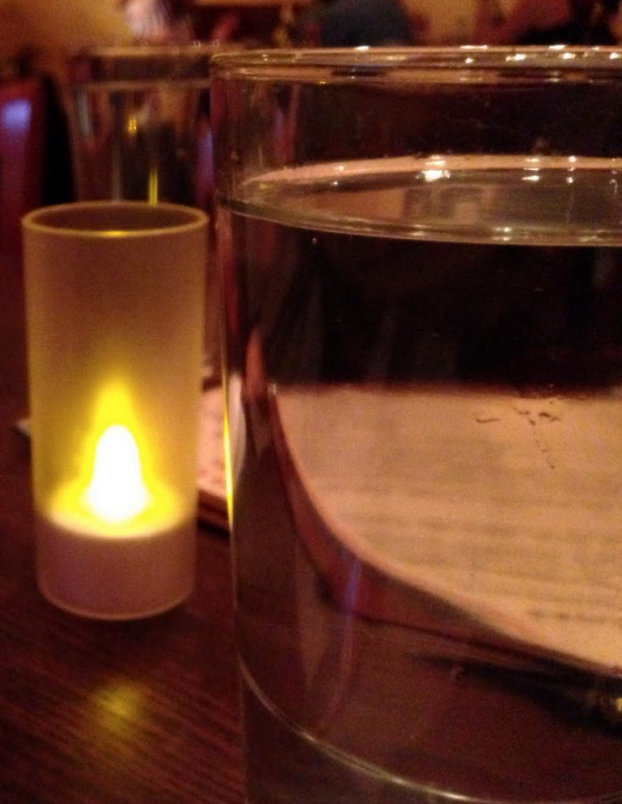
At dinner at Saffron near Divisadero earlier this month, the waiter kept filling up my water without me asking. Yes, the food is spicy, but I couldn’t get past ¾ of the glass without it being filled up again, even when we had already paid the check. This is obviously not on the same level as dumping water for hours a day on a lawn, but this is water waste, nonetheless.
While it may seem inconsequential, the absence of excess water on the table alerts patrons about the ongoing drought. In essence, it’s a free billboard that everyone is exposed to. UC Berkeley Environmental Science Professor Michael Hanemann told me, “As a symbolic gesture, it is important.”
Ortiz went on, “It’s a great opportunity to be reaching so many people on a daily basis on something they interact with regularly, and make them think twice about their water use.”
Doing Your Part
As Professor Schmidt said, it is the little things now. Rio Vista, Discovery Bay and 91 other water municipalities aren’t as lucky—those areas are facing a mandatory 36% water reduction. 8% here in San Francisco is attainable. The SFPUC can’t go to all 1,300 restaurants and force compliance, but if you only ask for what you need next time you’re out and remind your waiter not to pour you water you don’t need, then you’ll help us conserve and set an important example to the rest of the state.
